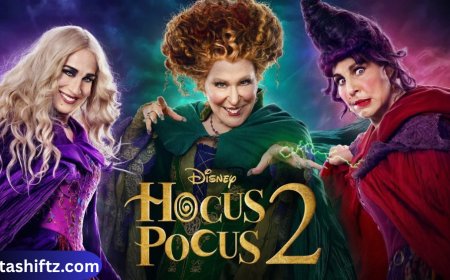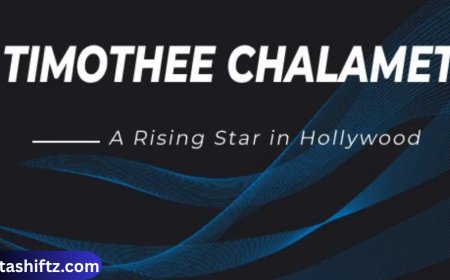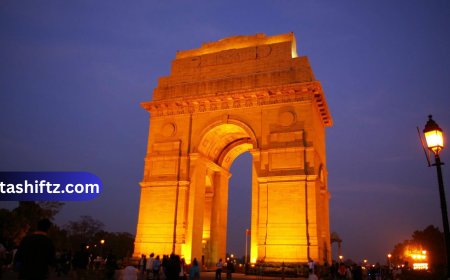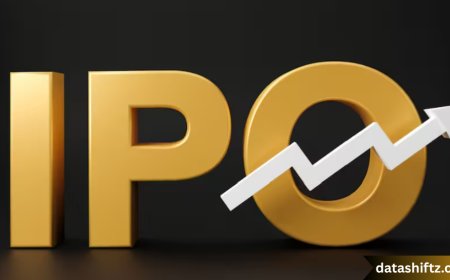The Dance of Hillary: From Political Symbolism to Digital Hoax
Introduction
The phrase "Dance of Hillary" encompasses a range of interpretations, from Hillary Clinton's public dance appearances to a notorious digital hoax that has circulated online. This article delves into the various facets associated with the term, exploring its cultural significance and the misinformation surrounding it.
Hillary Clinton's Public Dance Appearances
1. The 1996 Democratic National Convention
At the 1996 Democratic National Convention, Hillary Clinton was seen dancing the "Macarena," a popular dance craze at the time. Her participation was widely covered and became a memorable moment of the event.
2. The #PantsuitPower Flashmob
In 2016, a flashmob titled "#PantsuitPower" was organized in New York's Union Square, featuring 170 dancers in pantsuits performing to Justin Timberlake's "Can't Stop the Feeling." The event was a tribute to Hillary Clinton and aimed to convey messages about diversity and communal support.
3. Appearances on Talk Shows
Hillary Clinton has also showcased her dance moves on various talk shows, including "The Ellen DeGeneres Show," where she danced alongside celebrities like Amy Schumer and Pink.
The "Dance of the Hillary" Hoax
Apart from her public dance appearances, "Dance of the Hillary" also refers to a digital hoax that has been circulating since 2016.
Understanding the Hoax
The hoax involves a message warning recipients not to open a video titled "Dance of the Hillary," claiming it contains a virus that would format their mobile devices. The message falsely attributes the warning to reputable sources like BBC Radio.
Impact and Spread
Despite being debunked, the hoax has resurfaced multiple times, causing unnecessary panic and spreading misinformation. It serves as an example of how digital hoaxes can exploit public figures' names to gain traction.
Comparative Overview
| Aspect | Public Dance Appearances | Digital Hoax |
|---|---|---|
| Nature | Real-life events and performances | Fabricated warning message |
| Purpose | Cultural expression, political symbolism | Spreading misinformation |
| Public Reception | Generally positive and engaging | Causes confusion and unnecessary concern |
| Association with Hillary | Direct involvement and participation | Name used without consent to lend credibility to hoax |
Conclusion
The term "Dance of Hillary" illustrates the diverse ways in which a public figure's name can be associated with both genuine cultural events and misleading digital content. While Hillary Clinton's dance appearances have been moments of levity and engagement, the hoax exploiting her name underscores the importance of critical thinking and verification in the digital age.






























